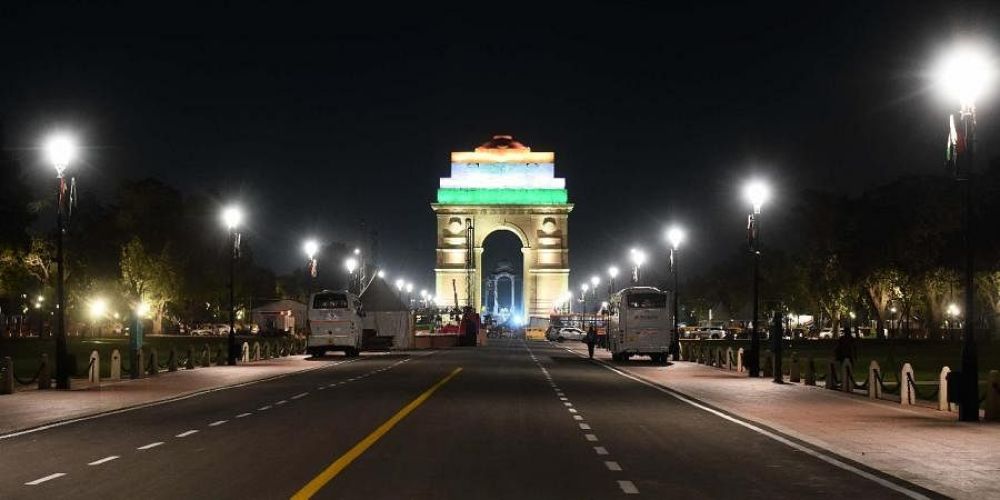

Rajpath, which translates to "King's Way," is a ceremonial boulevard in the heart of New Delhi, India, that runs from Rashtrapati Bhawan through Vijay Chowk and India Gate to the National Stadium. This grand avenue has witnessed the evolution of Delhi from the British Raj to the bustling capital of independent India. Rajpath is not just a road; it is a significant symbol of Indian democracy and heritage, drawing tourists from all over the globe.
The history of tourism in Rajpath goes back to the early 20th century when the British decided to move the capital of their Indian Empire from Kolkata to Delhi. The Rajpath, then known as Kingsway, was envisioned by the British architects Sir Edwin Lutyens and Herbert Baker. It was designed as a grand processional path, meant to provide an impressive vista of the new capital. With the construction of grand edifices and alignments as per the principles of Vastu Shastra and Edwardian Baroque, the Rajpath became a showcase of imperial grandeur.
Since India's independence in 1947, Rajpath has been a focal point for the Republican history of India. It plays host to the annual Republic Day Parade on January 26th, which is a major tourist attraction displaying India's cultural diversity and military prowess.
Rajpath is flanked by lush green lawns, canals, and rows of trees, as well as important government buildings, including the Indian Parliament, Rashtrapati Bhawan (Presidential Residence), and various ministries. At its western end, it is bounded by the glorified India Gate, a war memorial dedicated to the soldiers who died during World War I and the Third Anglo-Afghan War.
Over time, Rajpath has become a significant site for both domestic and international tourists. The prominence of historical sights, coupled with the grandeur of government institutions and ceremonies, forms the quintessential image of Delhi's historic and contemporary legacies. The most notable event attracting thousands of visitors is the Republic Day Parade, but the cultural, historical, and architectural significance of Rajpath draws tourists throughout the year.
In recent years, there has been a trend towards sustainable and responsible tourism in Delhi. Authorities have placed more emphasis on preserving the historical and natural elements of Rajpath, encouraging tourists to engage respectfully with the space. Additionally, the sound and light show at India Gate, and the newly introduced pedestrian-friendly zones have added to its appeal.
Cycling tours around the Central Vista and walking tours highlighting the architectural history are becoming increasingly popular, reflecting the evolving interests of travelers who seek immersive experiences.
In conclusion, Rajpath remains one of Delhi's most important and awe-inspiring attractions, with a rich history that tells the story of a nation in transition from a colonial past to a modern democracy. It is a cultural and historical hub that continues to evolve with tourism trends, ensuring that every visitor to the city has the opportunity to experience the grandeur of India's capital.